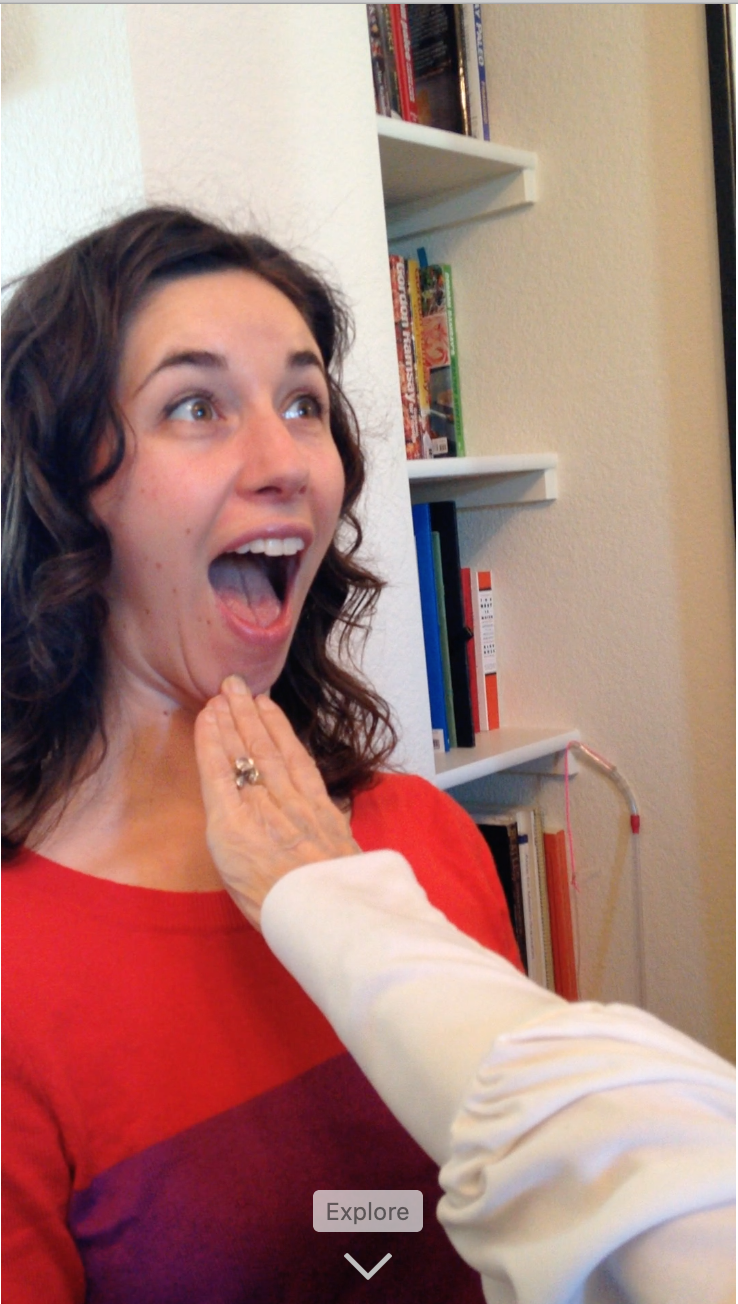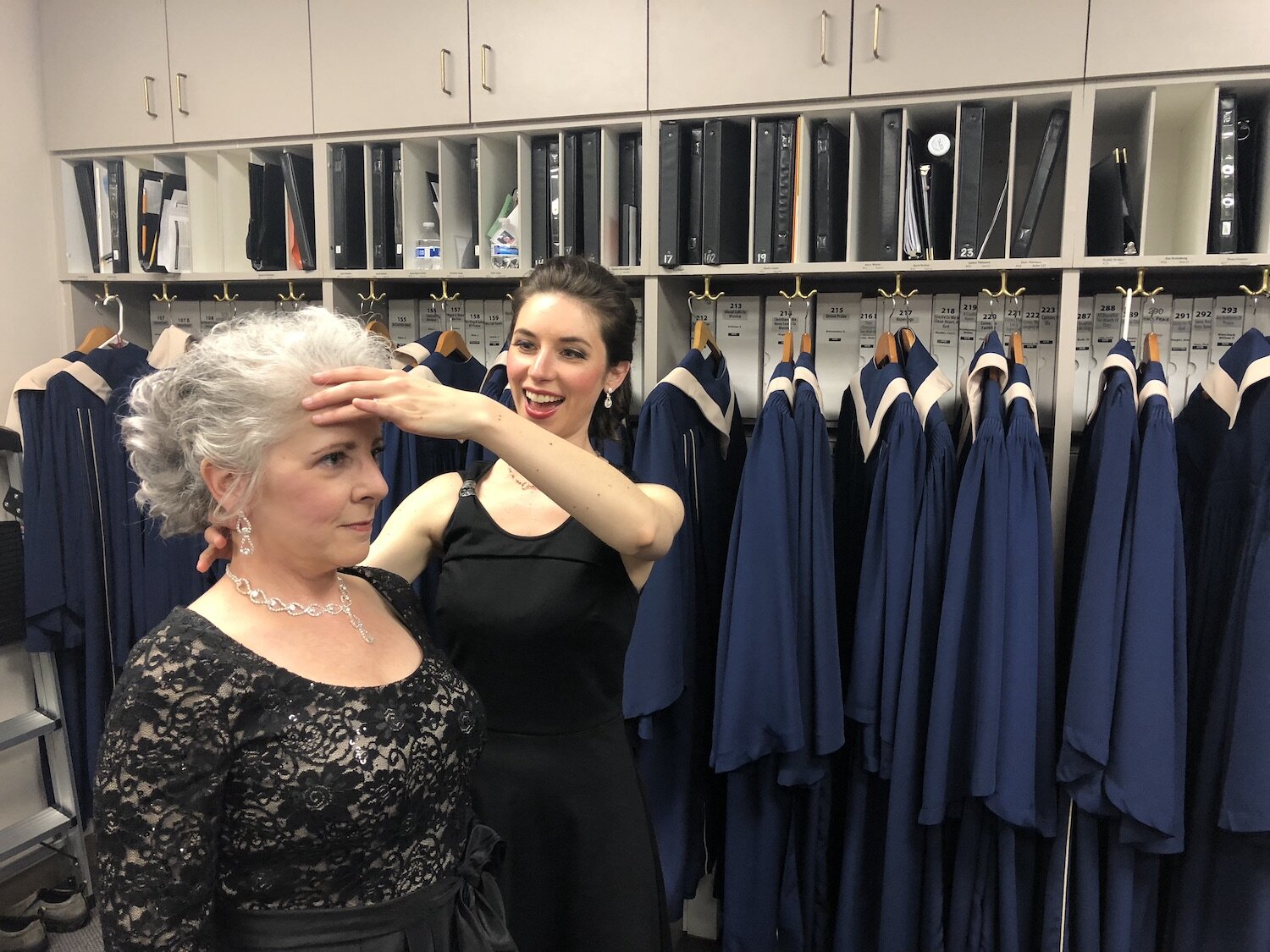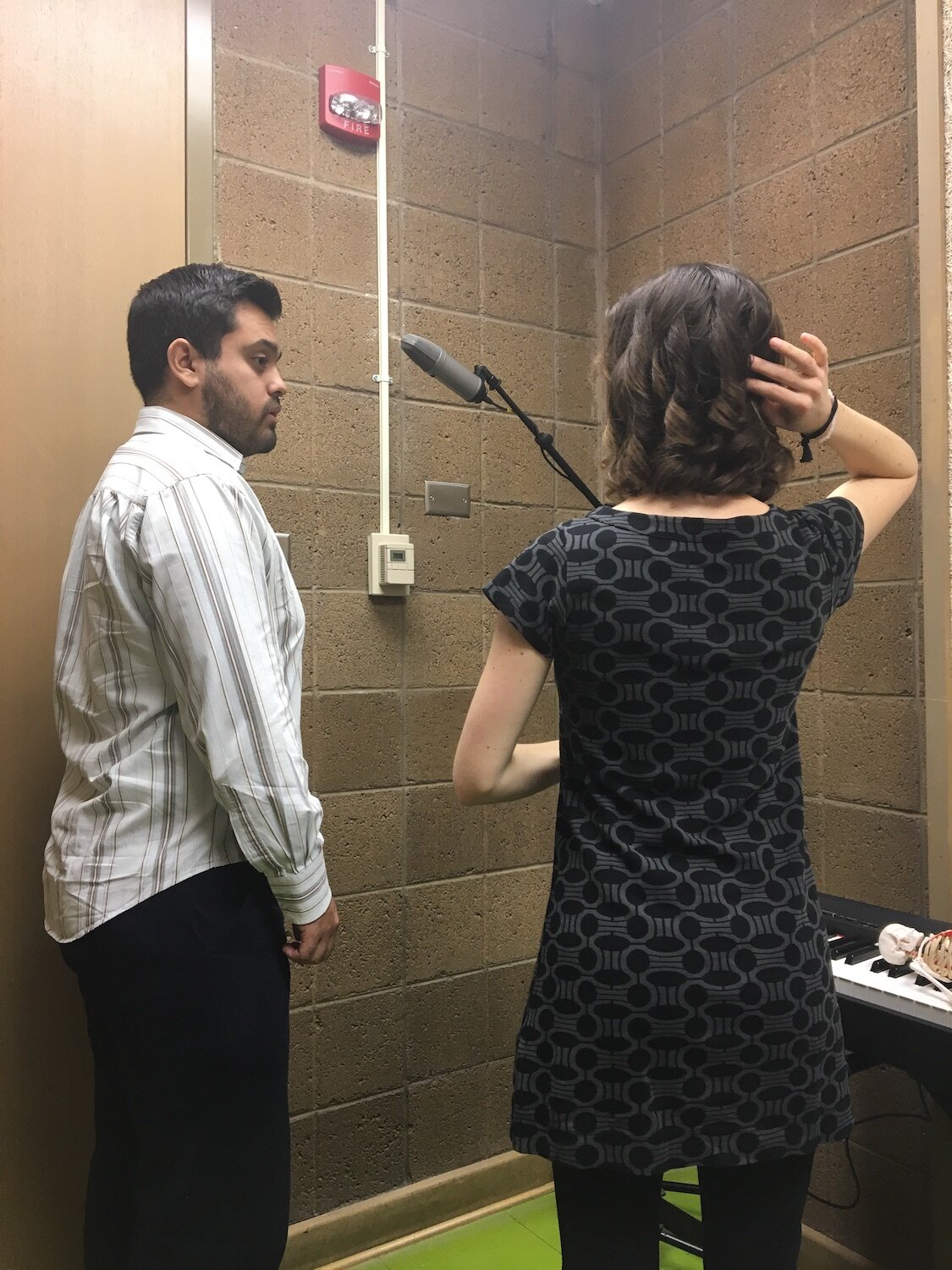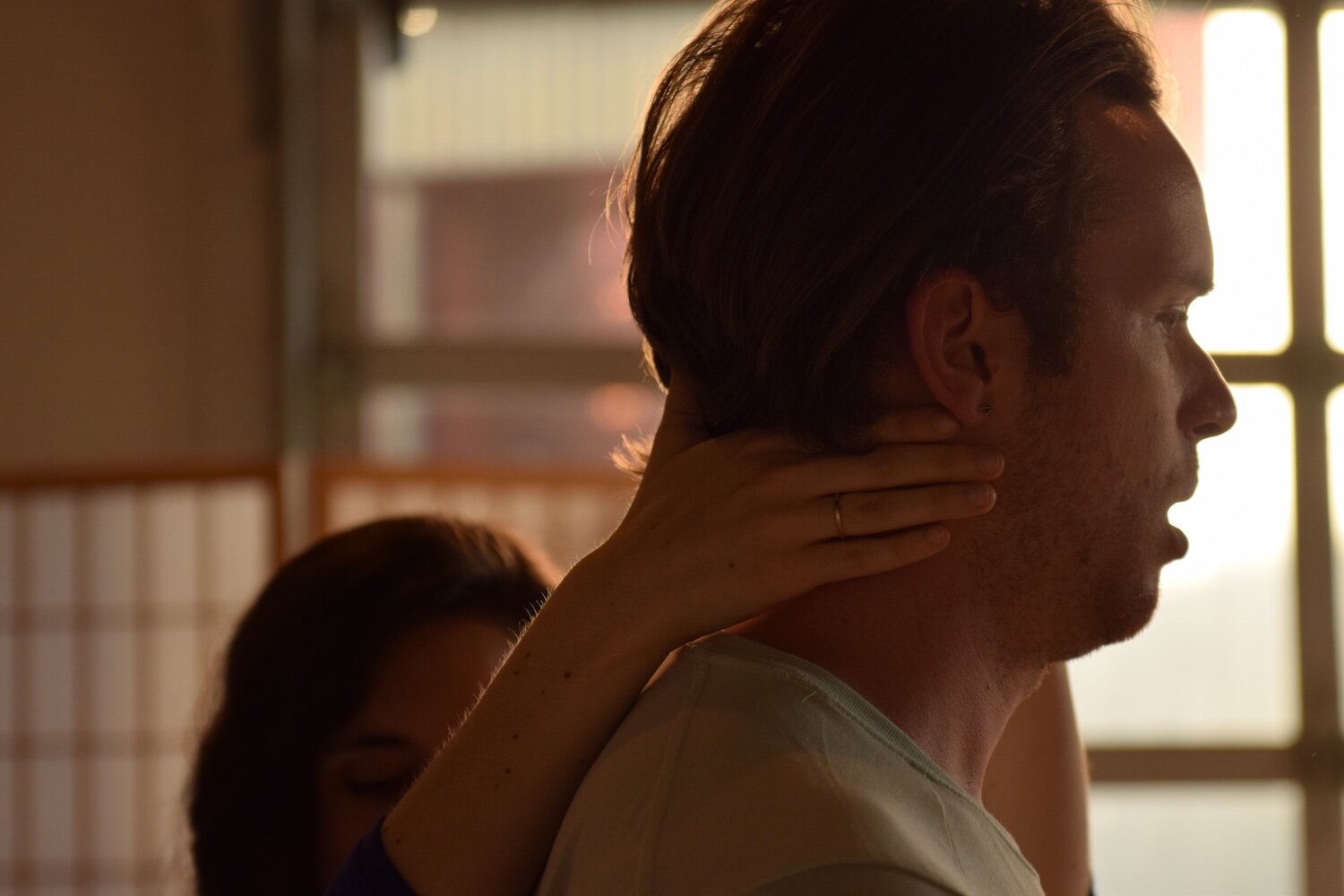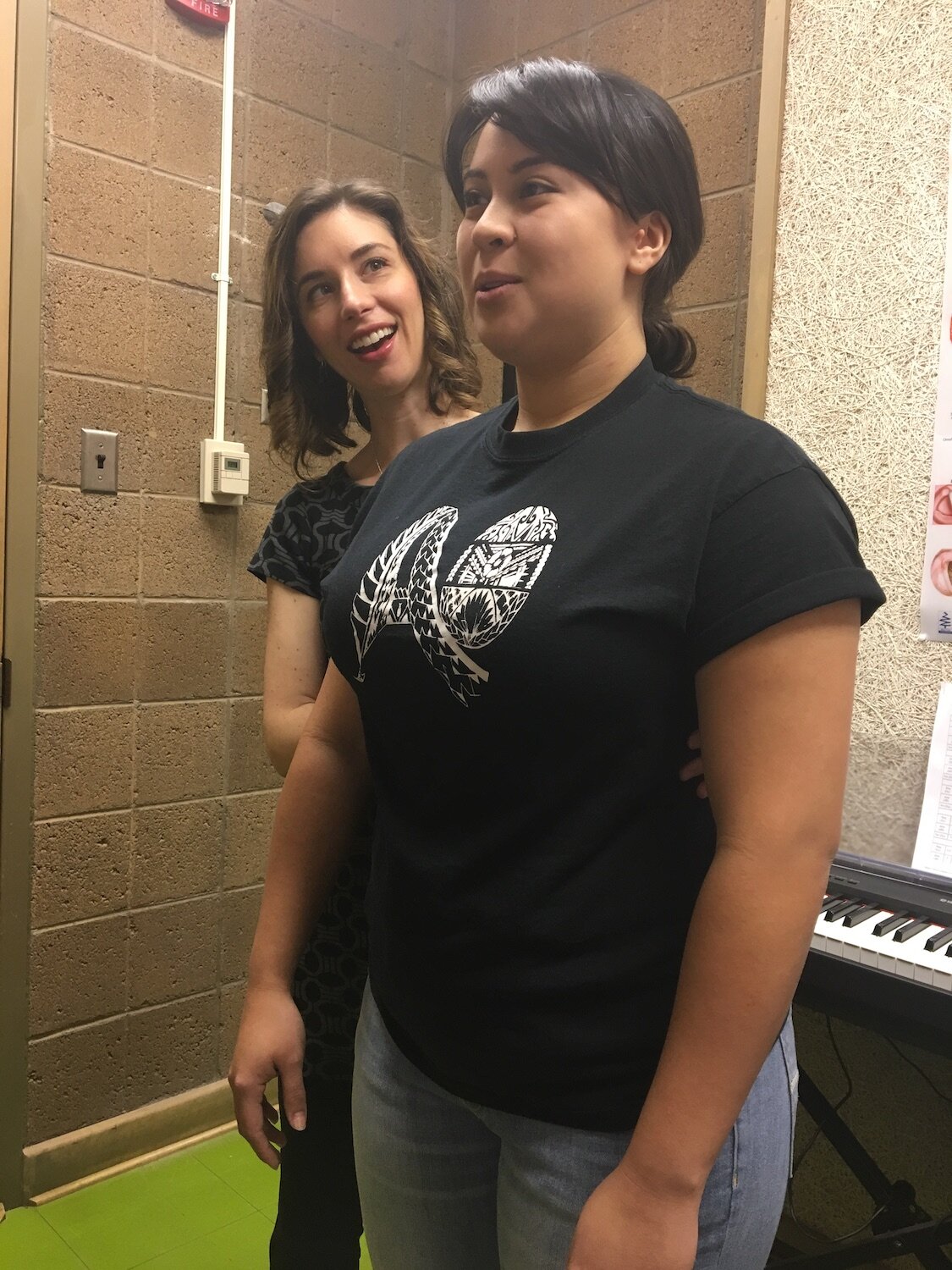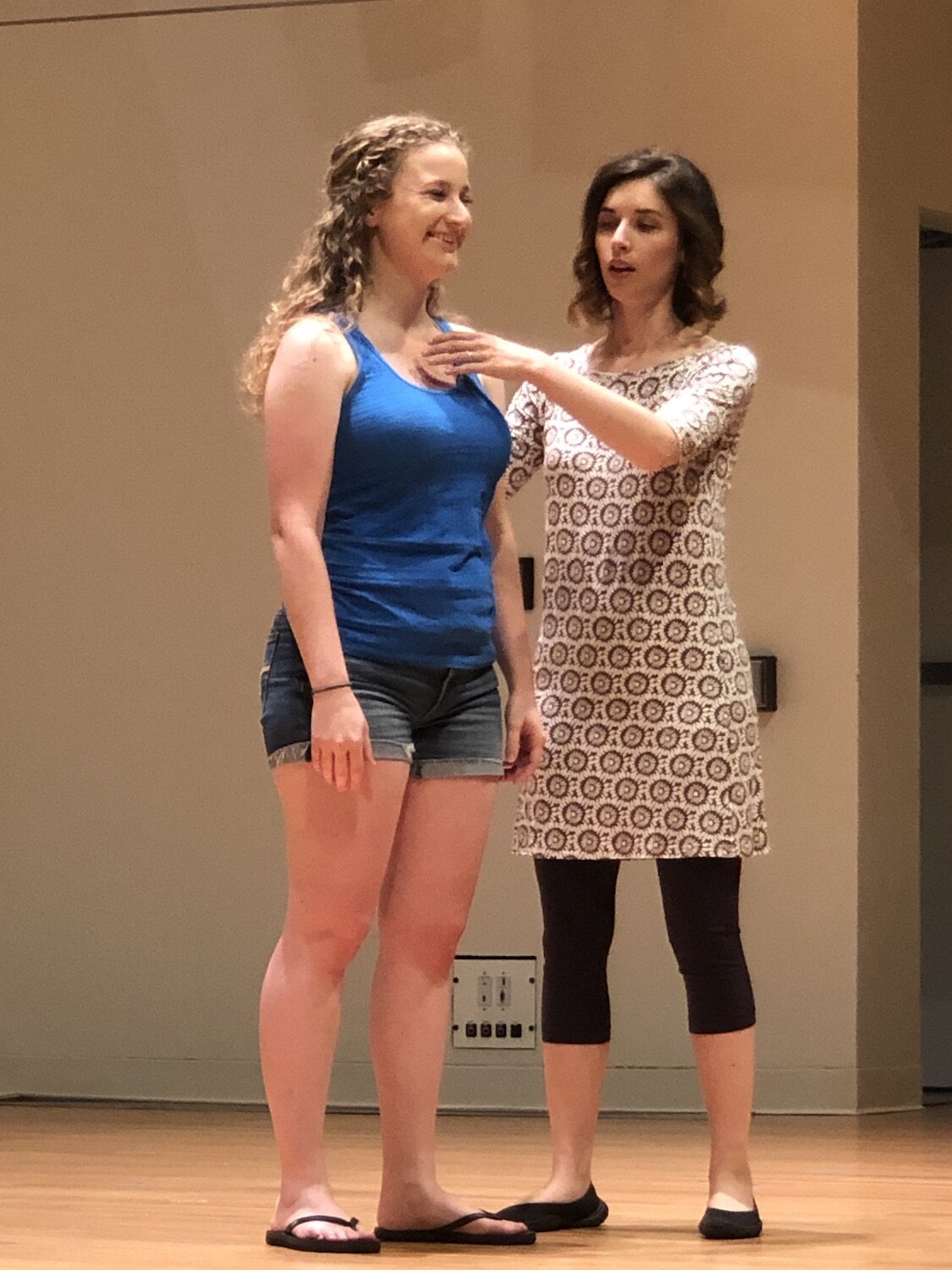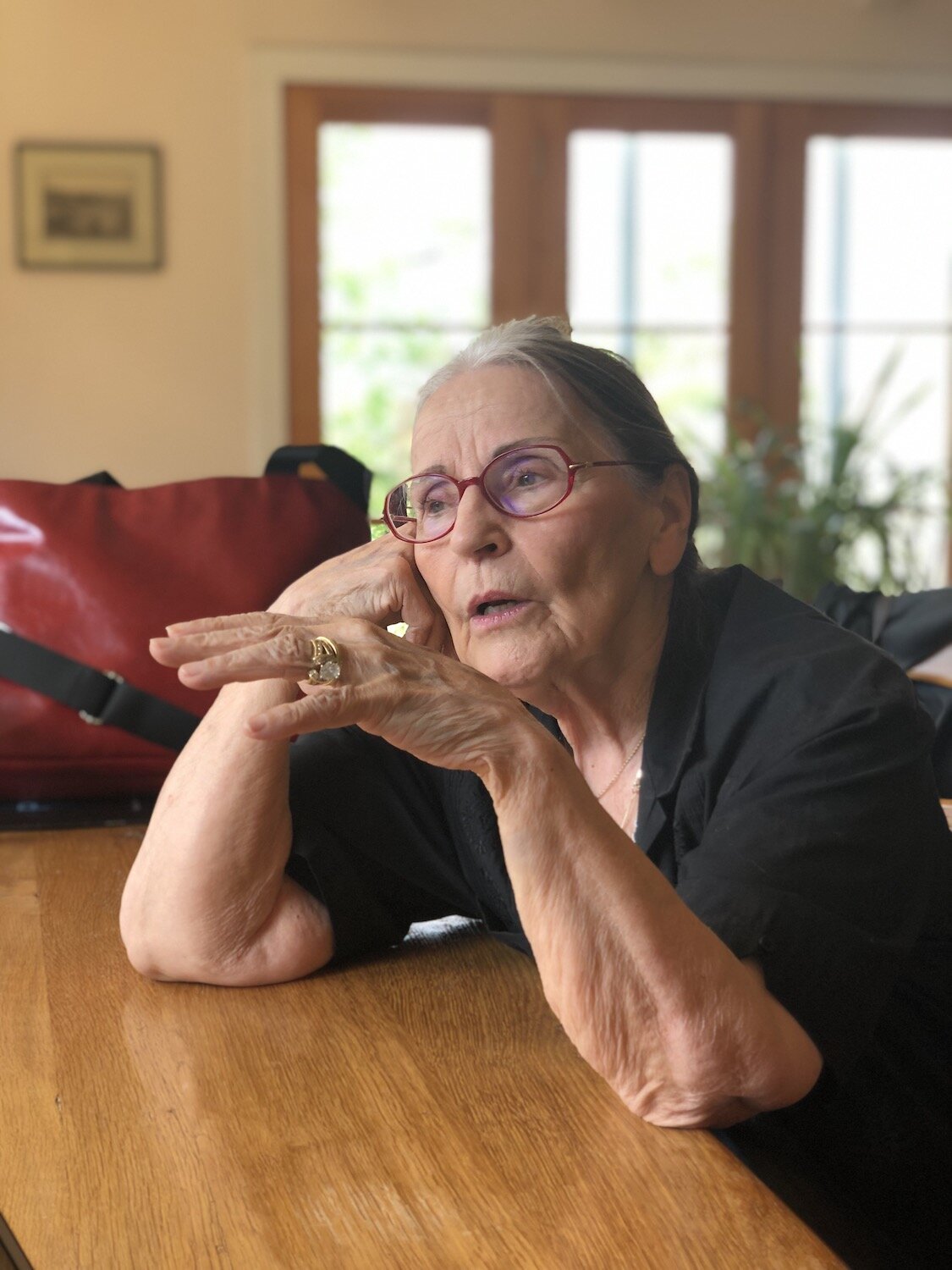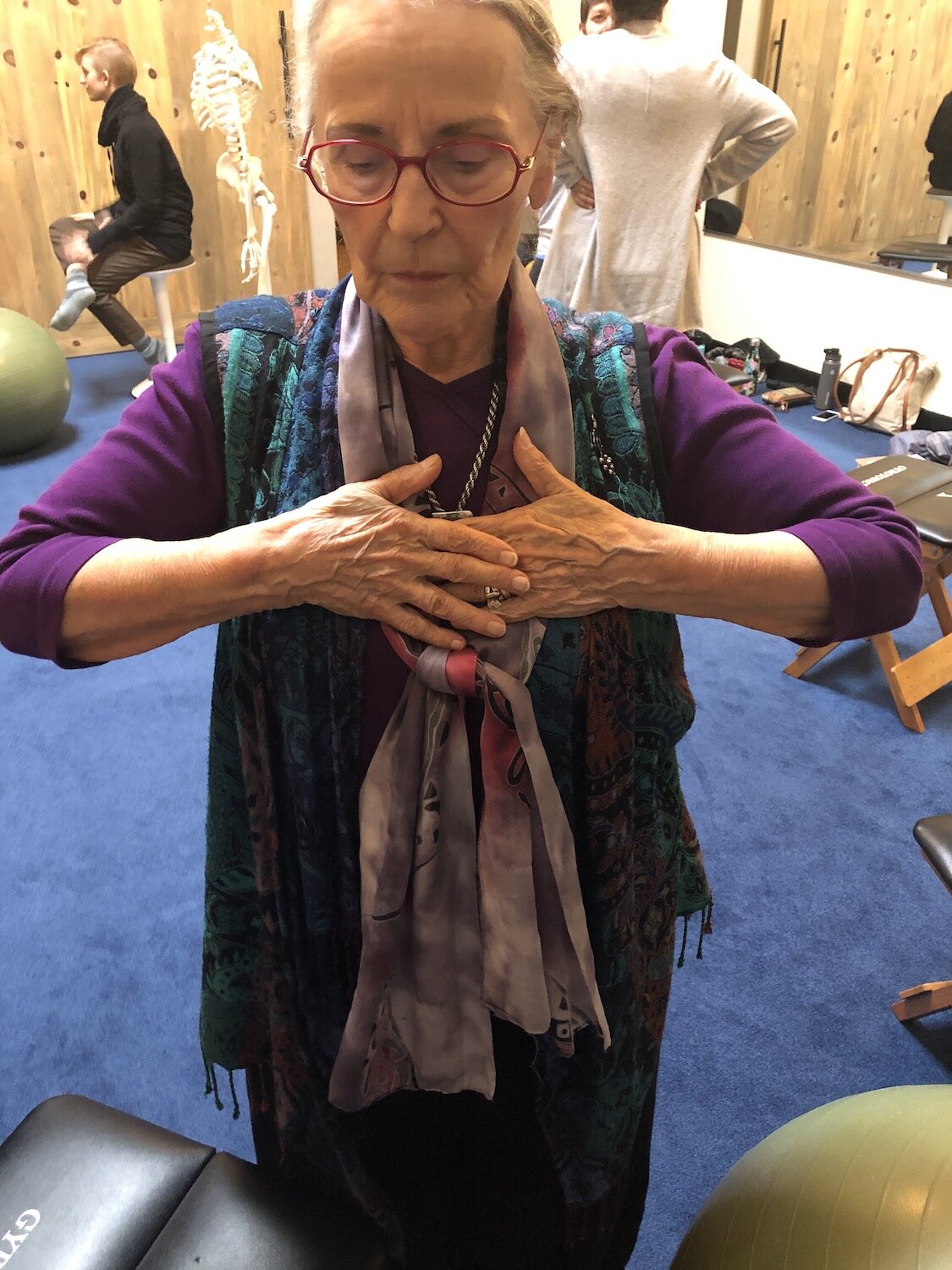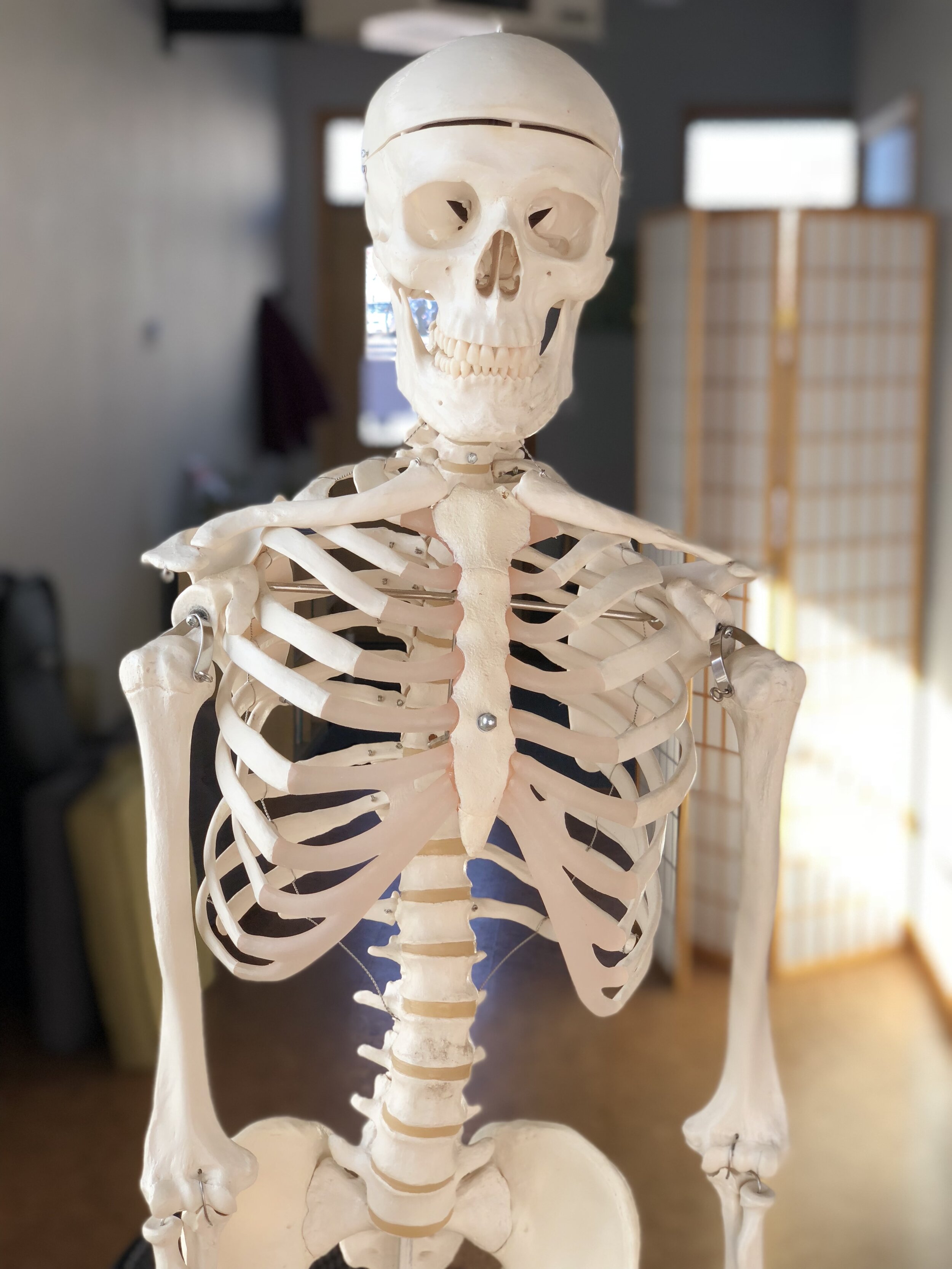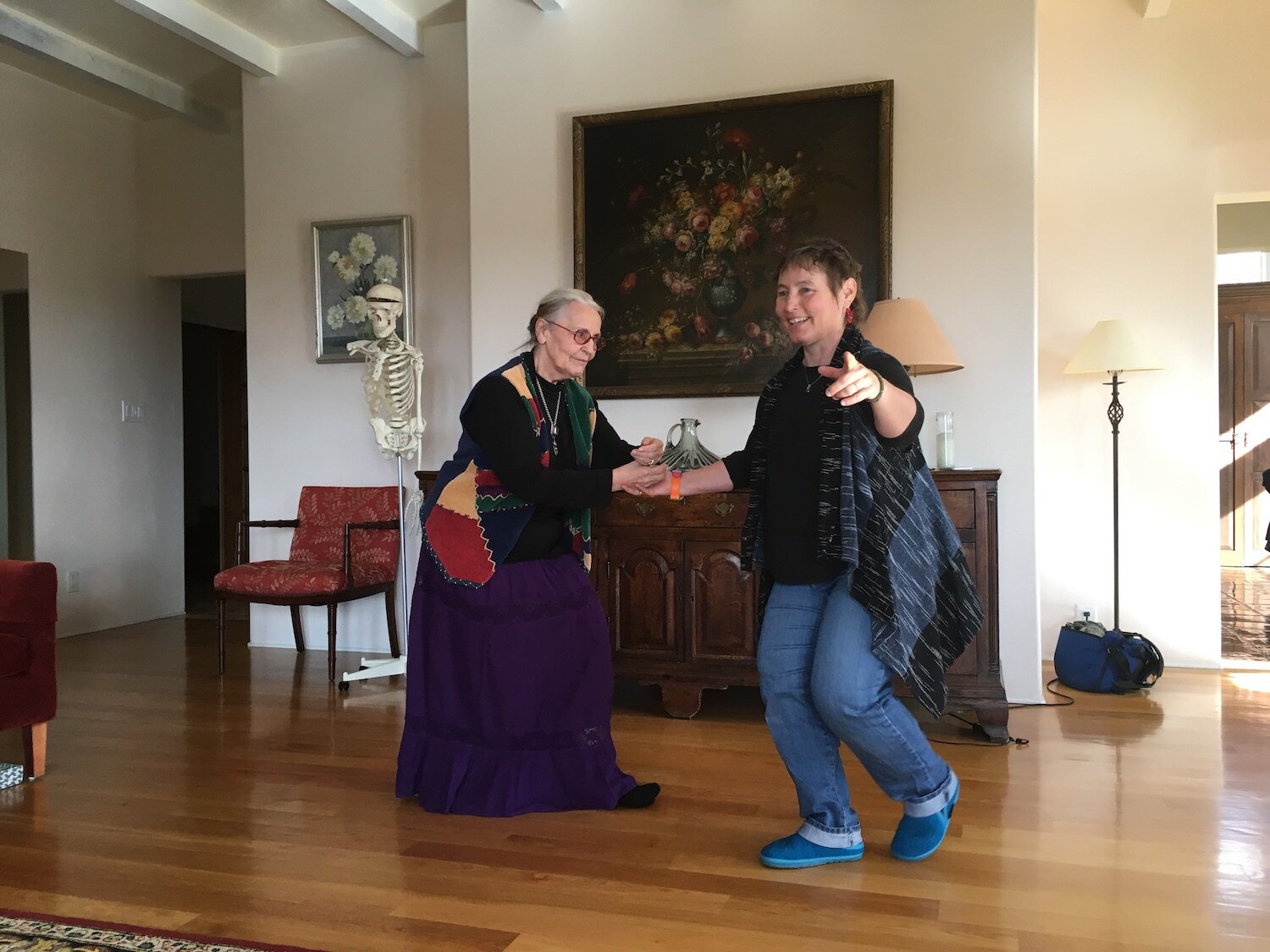Exploring the Embodiment of Sound
What is “The Moving Voice?”
The Moving Voice is a category of my work that utilizes a unique blend of Alexander Technique, a method called Body Breath Sound, my experience and training as a professional singer, and my fascination with the somatics of acoustics and authentic self-expression.
What Does This Kind Of Work OFfer?
The Moving Voice invites you to discover and create freedom for yourself in your own vocal journey, regardless of training/experience, or if you’re a singer, speaker, or teacher. We’ll explore cultivating ease, release, and power in breath and vocal coordination, as well as identifying and expanding patterns of use. We’ll also explore honing your ability to receive accurate sound and sensation feedback related to your vocal production and resonance. This study is especially useful for singers who have a technical hurdle or folks with vocal tension. I use simple, guided movement prompts that can help you explore and trust your own intuition for expression, movement, and sound. We work to connect the dots between your habits, your natural state, and your breath system, and also between your voice and whole body instrument.
Who Studies This Work?
Anyone who desires more embodiment and freedom in breath and sound production. Singers (beginning and advanced), musicians, speakers, teachers, people desiring tools for more easeful and healthy breath patterning, and people recovering from trauma, are a sampling of the range of folks with whom I’ve worked and who enjoy the benefits of this study.
How Can I Study?
The Moving Voice work is usually taught in workshop, small group, and private lesson formats.
Body Breath Sound Work
The somatics of acoustics
The Moving Voice is inspired in particular by the Body Breath Sound (BBS) work. I have studied and mentored extensively with Adriana Hardy, the creator of Body Breath Sound.
BBS is an ideal study for singers, speakers, actors, wind instrumentalists, and for those who teach them. BBS helps identify the ways in which you interfere with yourself while singing/speaking/playing, and how to change that interference.
Based on a fusion of Feldenkrais, vocal science, yoga, Doaist movements, and decades of private voice studio teaching, renowned voice teacher Adriana Hardy has developed a concise and practical blend of experiential material for those wanting to understand the relationship between the organization of the body, the use (functional or dysfunctional) of the breath, and quality and ease of sound.
BBS is compatible with all technical styles, is all about you – not your repertoire or auditions or career. It is essential that we, as artists, take care of our instruments, of ourselves. BBS workshops teach you ways to do that.
It consists of 3 categories:
Body - Identification and integration of physical systems, such as bone structure, joints, body mapping, body patterns, and natural movements.
Breath - Drawing on what is learned from the Body section, one is able to utilize different breathing ideas and concepts, identify natural and non-natural breath forms, and utilize breath support for singing and speaking.
Sound - Moving into more advanced ideas after integrating Body and Breath sections, Sound becomes a checkpoint for receiving accurate sensory and auditory feedback, and expressing sound with freedom, ease, and authenticity.
Everyone eats and breathes. We have developed manners or ways of eating that are more pleasing to look at, or socially and culturally acceptable, or more efficient. The same goes with breathing. Everyone breathes, but most people don’t pay any attention to how they breathe. This work is like having a set of guidelines for breathing, like we do for eating, that, through new awareness, can make it more efficient. This is the etiquette of breathing. But it’s not for social purposes - it’s really for one’s own personal freedom.
Adriana Hardy


